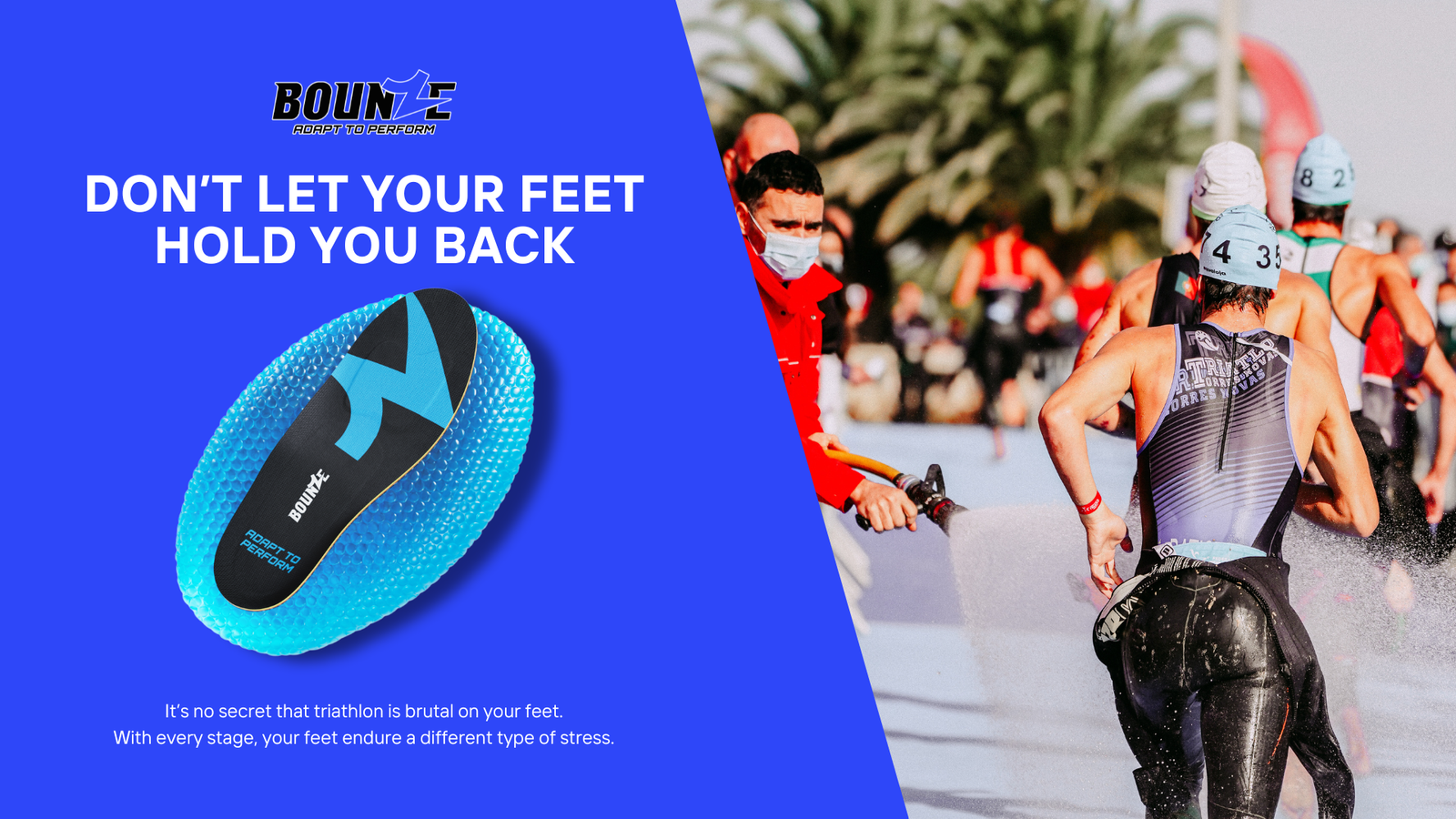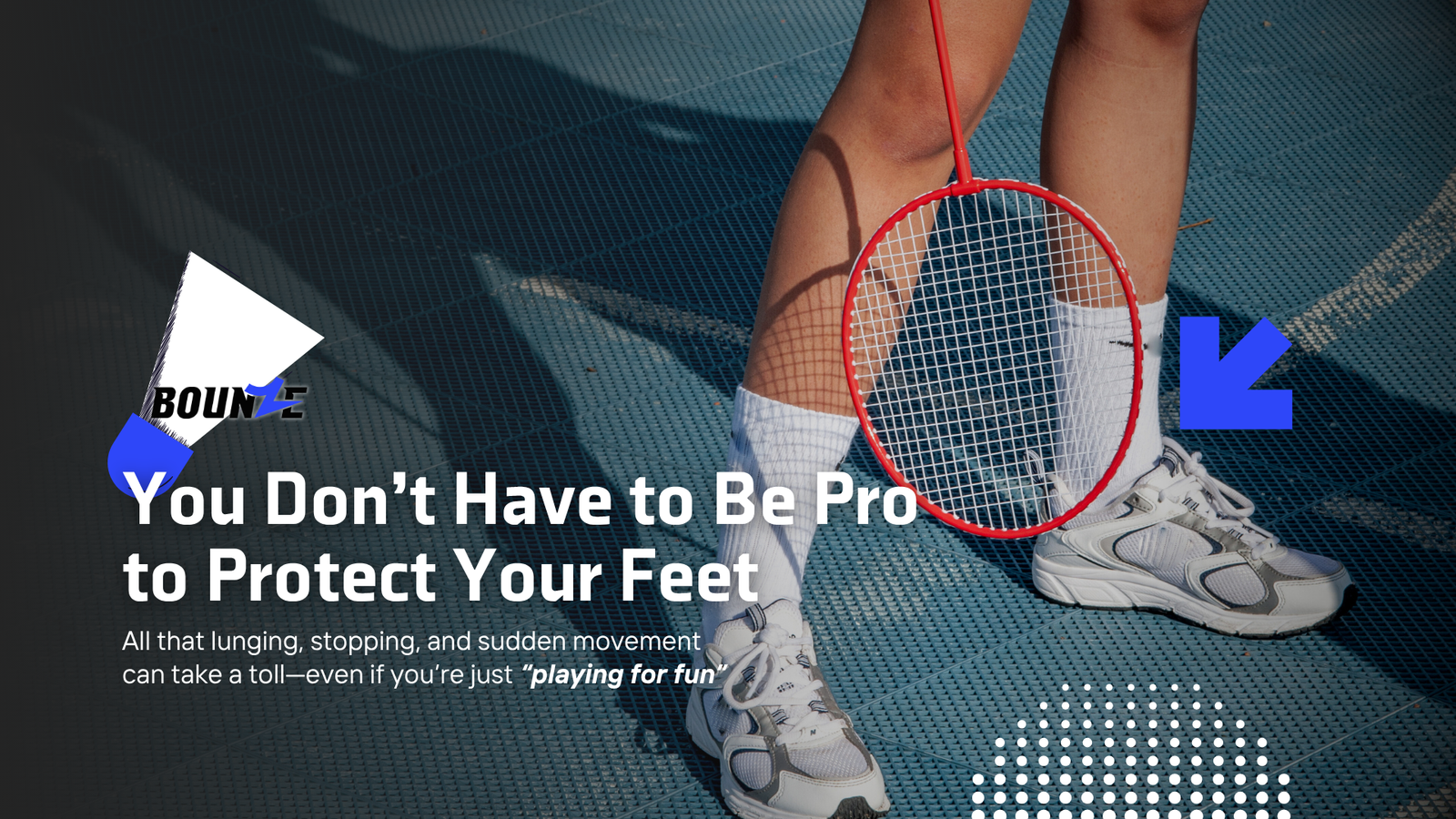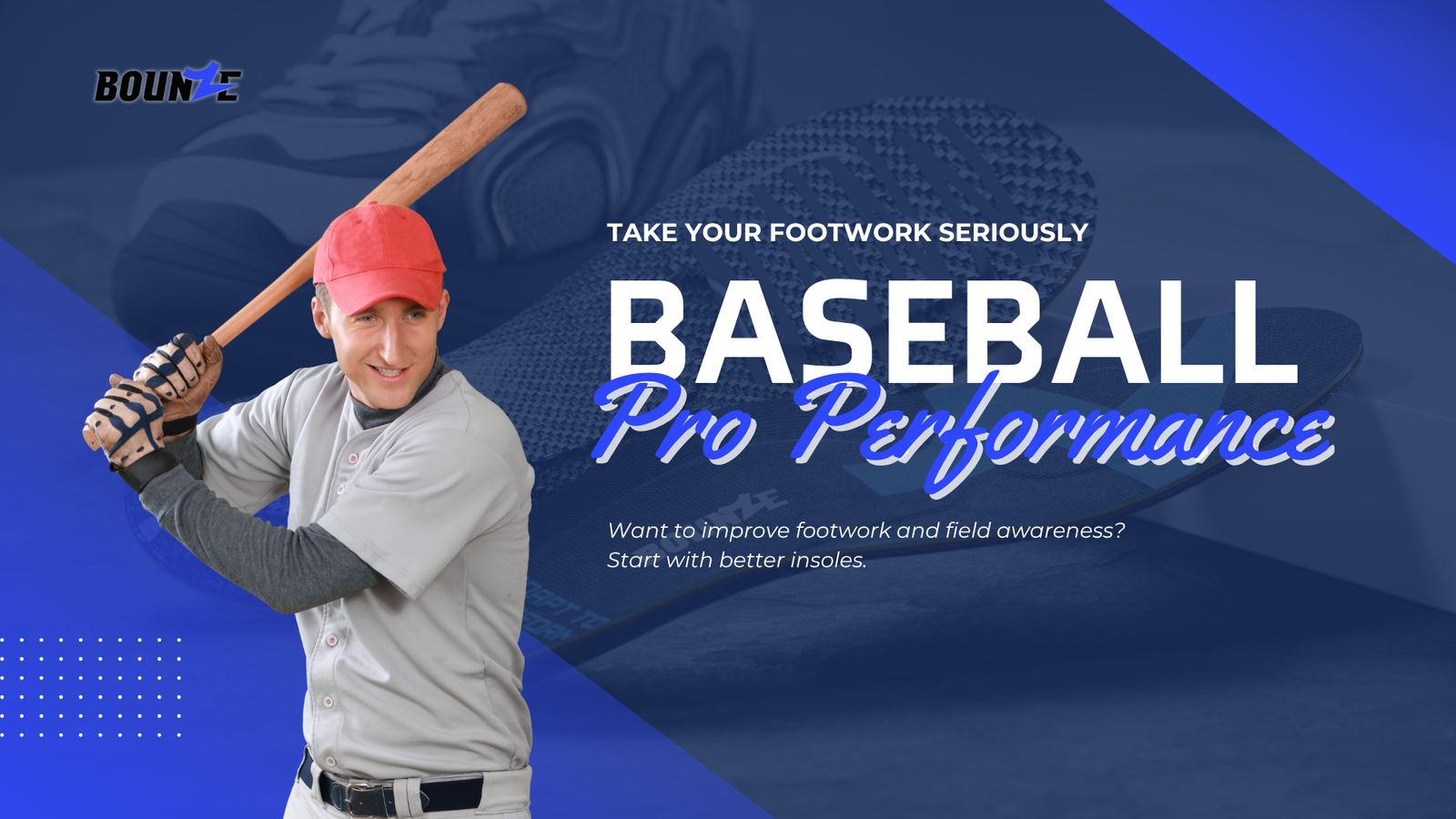Do Triathlon Multi-Sport Insoles Really Help You Finish the Race?
July 9, 2025

Do triathlon multi-sport insoles really help you finish the race? Absolutely—they can mean the difference between powering through the finish line or limping across it. Your feet absorb the most punishment in triathlon, whether you’re pounding the pavement, pushing pedals, or just fighting to keep your shoes dry after the swim. Without proper support, all those miles and transitions take a toll on your feet—and that pain can end your race early.
Triathlon multi-sport insoles are designed to provide targeted support, enhance comfort, and prevent fatigue. Whether you’re a seasoned athlete or a first-timer, investing in the right insole can save your feet from blisters, hotspots, and nagging injuries. Let’s dive into how the right insoles protect your most important asset: your feet.
Why Feet Suffer Most in Triathlon
It’s no secret that triathlon is brutal on your feet. With every stage—swim, bike, and run—your feet endure a different type of stress. Wet shoes after the swim lead to friction and blisters. Cycling can cause numbness and pressure hotspots, while running exposes your feet to repetitive impact and fatigue. Over time, this relentless abuse increases your risk of pain and injury, making foot care one of the most critical parts of your training and racing strategy.
The Science Behind Triathlon Multi-Sport Insoles
Triathlon multi-sport insoles are engineered using biomechanical principles. They help distribute pressure evenly, align your foot and ankle, and absorb shock from each stride or pedal stroke. Studies show that insoles with supportive arch profiles, cushioning, and moisture-wicking materials can significantly reduce foot pain, hotspots, and fatigue during long-distance events.
This is especially important because research shows a high prevalence of overuse injuries among iron-distance triathletes. While acute injuries are less common, most injury cases are actually caused by repetitive strain, with the knee, lower leg, lower back, and even the shoulder being the most affected areas. By minimizing excess movement and pressure, triathlon multi-sport insoles can help lower your risk for these overuse injuries—keeping you in the race from start to finish and supporting your body where it needs it most.
How Proper Support Improves Performance
Support isn’t just about comfort—it’s about efficiency and endurance. With the right triathlon multi-sport insoles, your body wastes less energy compensating for foot instability or pain. This means:
- Improved running form and stride efficiency
- Enhanced power transfer while cycling
- Reduced muscle fatigue in legs and feet
- Fewer distractions from pain or discomfort
As a result, you can focus on your race strategy instead of worrying about each step. For both pros and amateurs, this support is a proven way to improve your overall performance.
Key Features to Look for in Multi-Sport Insoles
When choosing triathlon multi-sport insoles, look for features designed specifically for the demands of multi-sport racing:
| Feature | Benefit |
|---|---|
| Custom molding | Personalizes fit for every foot shape |
| Dual-layer cushioning | Absorbs impact, prevents fatigue |
| Moisture-wicking top layer | Keeps feet dry during transitions |
| Rigid arch support | Stabilizes foot, prevents overpronation |
| Anti-slip bottom | Keeps insole in place in wet conditions |
Always check for lightweight materials and designs that won’t add bulk to your racing shoes. A good insole is an investment that pays off every single race.
Meet the BOUNZE Pro Performance Insole
What sets the BOUNZE Pro apart for triathlon multi-sport insoles?
- 3-minute custom fit at home
- Sweat-absorbent, breathable top layer
- Targeted support for all three disciplines
- Secure grip in any shoe, even wet
If you want to give your feet every possible advantage, the BOUNZE Pro Performance Insole is your go-to upgrade.
Tips for Choosing the Best Insole for Your Race
Picking the right triathlon multi-sport insoles isn’t just about brand or price. Here’s a quick checklist to guide your decision:
- Know your foot type – Flat, neutral, or high arch? Pick insoles that match.
- Test the fit – Make sure insoles don’t crowd your toes or alter your shoe fit.
- Check for moisture management – Essential for avoiding blisters during transitions.
- Look for durability – The best insoles last through tough training and race conditions.
- Go for a custom fit – Heat-moldable insoles like BOUNZE Pro offer a personalized advantage.
Try different insoles during your training—not on race day! This ensures you’ll finish strong, not sore.




